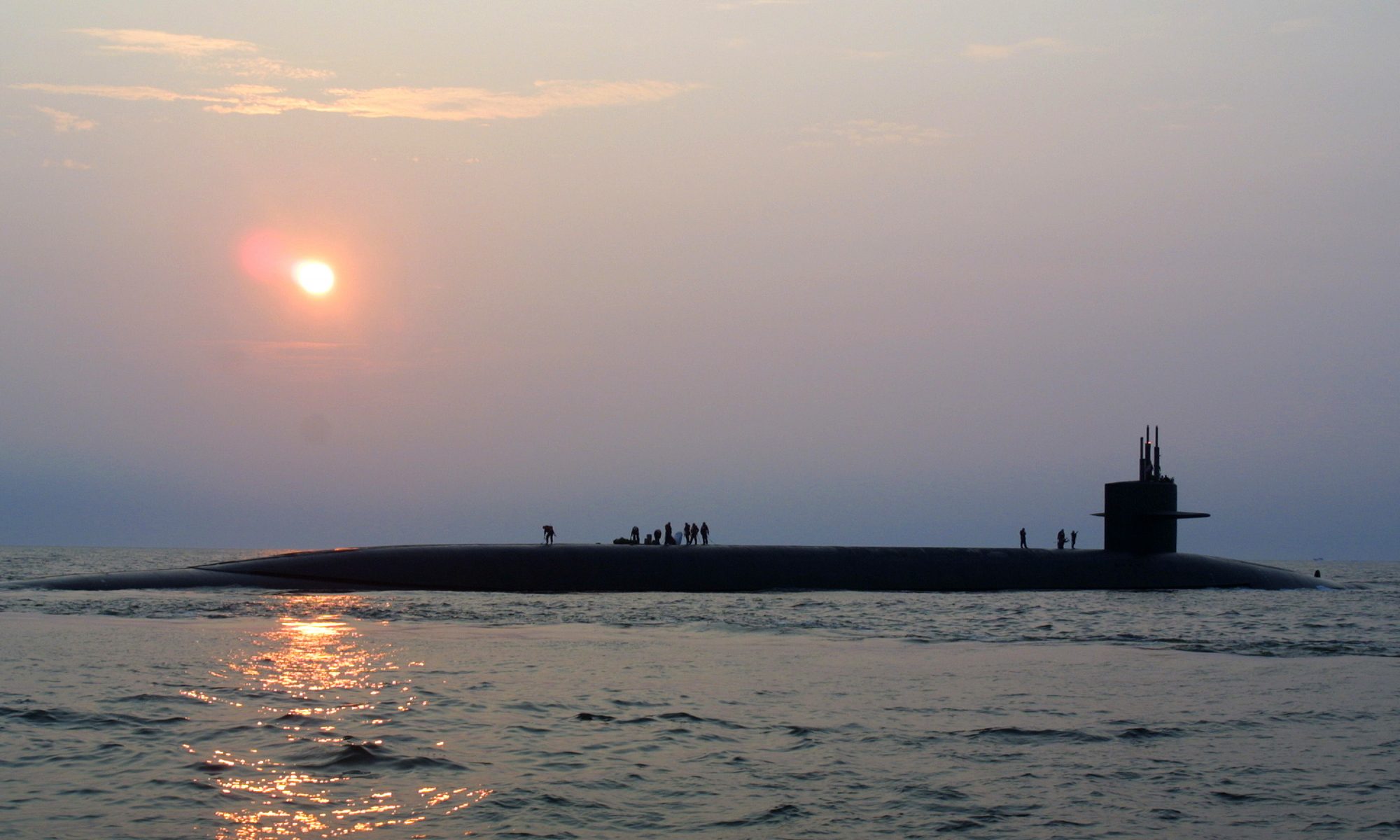In this post, we will expand on the NSN concept that we introduced in part 1.
Let us start with a simple mental exercise. Can you tell what type of number this is?
If you said a telephone number, you are correct. We have also been conditioned to recognize even more obscure numbers such as 012-01-01234 (social security number), or 12345-1234 (zip +4). If someone asked us to pick out the area code or prefix from the telephone number above, most of us would know the answer.
The NSN, for those with even a vague familiarity with DoD logistics is also just as easily recognizable.
Here is an example: 5320-01-4355075. That is the 13-digit NSN for a rivet.
Like a telephone number, the NSN is a combination of meaningful sections (data elements).
Let’s pause, for a moment, and bring up some history. Before NSNs, there were FSNs (Federal Stock Numbers). At one point, everything in the DoD supply chain was identifiable with a 7-digit Federal Item Identification Number (FIIN). FSNs were officially recognized in DoD from 1955 to 1974. So, do not be surprised to still find some legacy language using the term “Federal Stock Number”. The bottom line is, there is no such thing as FSNs these days and, no, it is not an interchangeable term for National Stock Number.
However, the NSN does build on the original data elements of the FSN.
Let’s break down the NSN in the example above into its components:
“5320” – Federal Supply Classification (FSC). This is the descriptive category of this item. One way to think about it is, if we were in a department store, which section would we go to find this item. To use the telephone analogy, you can also think of this as the area code.
Note: the FSC can be further broken down into “Group” and “Class”. In this example, “53” is the group and “20” is the class. However, this level of detail has gone into disuse now that we rarely see printed catalogs, since the FSC is only useful for cataloging or grouping items of the same product category. There are some exceptions for keying only on the group, such as the use of group 89 for food items, since those are of interest only to personnel working with food.
“01” – National Codification Bureau (NCB) code. This designates the country that assigned this NSN. Hint: 00 and 01 are the US.
“4355075” – This is no longer used on its own. This is the old FIIN. Instead, because other NATO countries might assign the same last 7 digits, today we use…
“01-435-5075” – this is the National Item Identification Number (NIIN), which consists of the NCB code and “the last 7” (nobody says FIIN anymore, although FLIS still refers to this as the IIN internally). Note that it is common practice to break up the last 7 digits with a dash, but that is only for readability and it has no significance whatsoever. The NIIN is what uniquely identifies an item in DoD catalogs.
So, to recap, the NIIN is the thing. That has a nice ring to it, doesn’t it?


